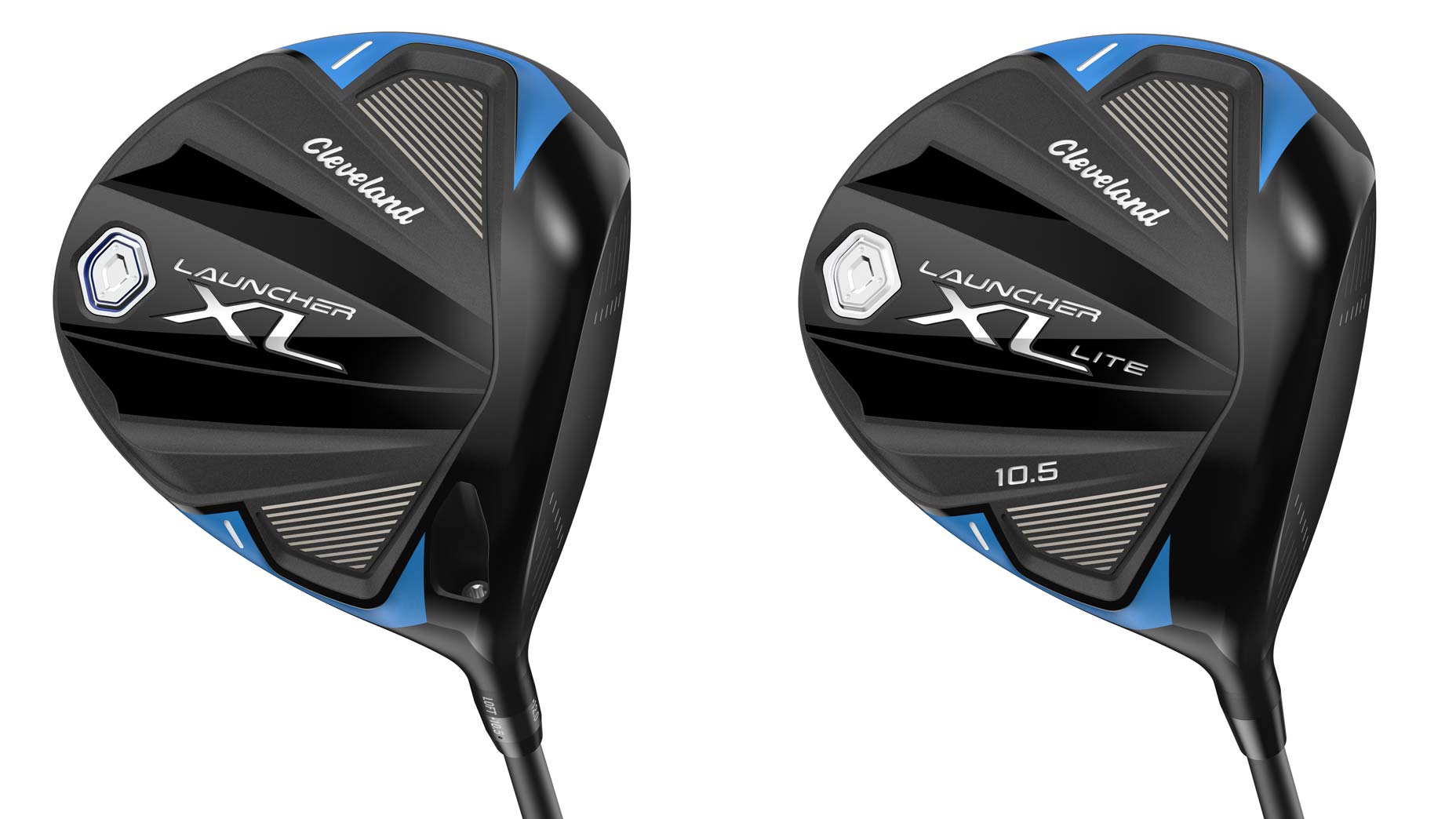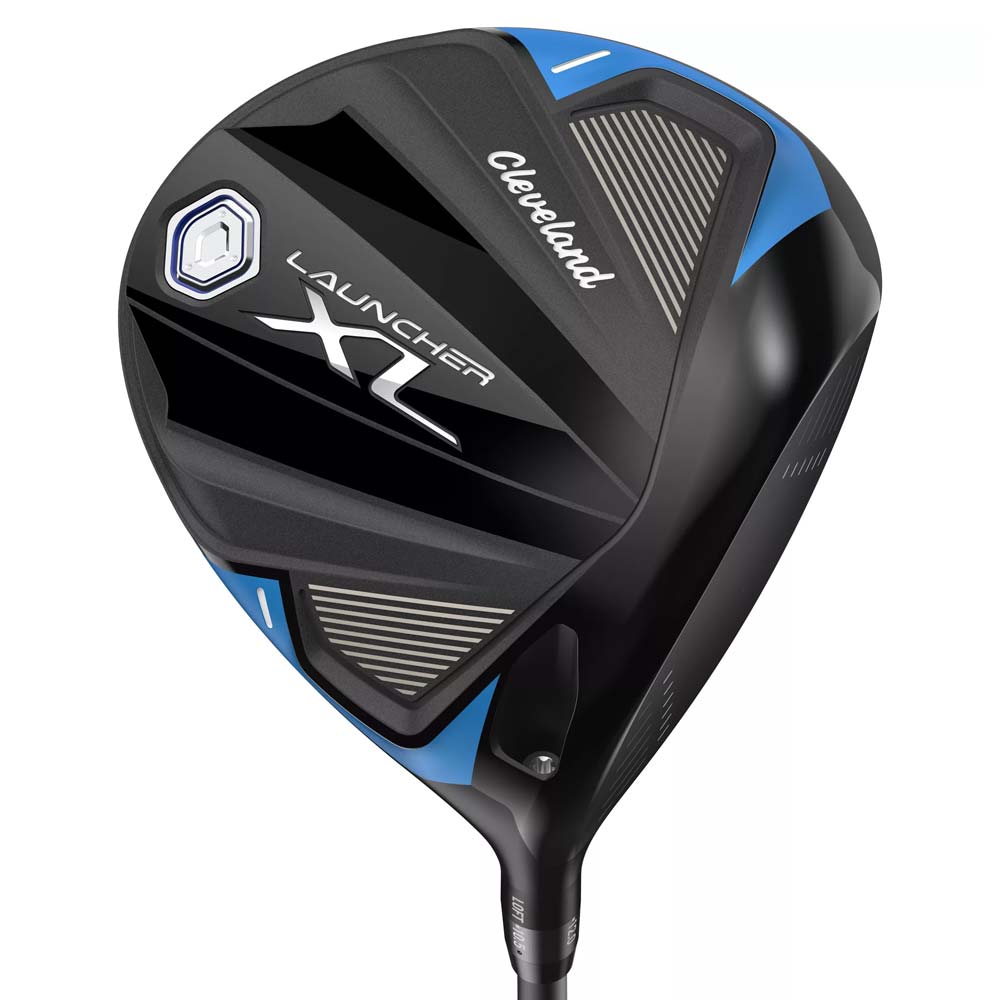
Is counterbalancing worth the effort?
Getty
Welcome to Gear Questions You’re Afraid to Ask, a GOLF.com series produced in partnership with Cleveland/Srixon Golf.
What is counterbalancing and how does it work? – Brandon D., Illinois
It may seem like counterbalancing is a new phenomenon, but really, it isn’t. Golfers have been tweaking weights and balance points in their clubs for decades and it doesn’t seem like the practice will go away any time soon. In fact, we suspect counterbalancing to increase in popularity now that equipment manufacturers better understand what it is and how it can help more golfers. It’s also more precise now than it’s ever been.
That’s bring us to the first step which is to understanding what counterbalancing is. Which, spoiler alert—the name pretty much gives it away. Counterbalancing is when weight is added away from the clubhead (usually underneath the grip) to change the swingweight of a given club, make it feel lighter, or in some cases, feel more balanced. And by the way, counterbalancing is sometimes called “backweighting” or “counterweighting.” Both are the same thing. Lastly, counterbalancing can be found in any club, including putters and wedges.
Not sure what swingweight is either? No problem, that’s why we’re here. A club’s swingweight is a measurement of how heavy it feels as you swing it. It’s determined by using a specially designed scale that balances the club on a fulcrum point 14 inches from the butt end of the grip. How it rests is measured on an alphanumeric scale, with A being the lightest and G being the heaviest. Within those letters are 10 numeric codes, ranging from 0 to 9. Meaning you could have a club that has a C5 swingweight, or a D4, E6 and so on. Remember though, swingweight is not a measurement of the club’s overall weight—it measures how heavy a club feels based on where weight is positioned.
Speaking of positioning, counterbalancing comes in many forms. For some it’s built into the shaft—a design feature that moves the balance point higher up towards the grip. Other times it’s a weight cartridge located at the butt end of the shaft. For real club tinkerers, it’s weighed tape placed on the shaft underneath the grip.
With me so far? Good. Now that you know what counterbalancing is, let’s look at what it does. There are four main reasons golfers (and equipment manufacturers) counterbalance their gear:
To make a club feel lighter
It may seem counterintuitive, but adding weight to the grip end (which adds to a club’s overall weight but reduces it’s swingweight) can actually make your club feel lighter in the hands and in theory, help you swing the clubhead faster. So long as you can handle the added overall weight.
To add mass to the clubhead without making it feel heavy
The second reason for counterbalancing is to allow for added mass in the clubhead without making it feel any heavier as you swing. And as you might guess, more mass in the head means a greater transfer of energy into the golf ball at impact. Again, this may mean the club’s total weight is heavier, but as long as it feels balanced and easy to swing, it’s usually a net positive in terms of adding more distance.
To make longer shafts easier to swing
Third, counterbalancing can make a longer shaft feel more balanced and easier to swing. And when you use a longer shaft, you’ll invariably swing it faster, increasing your ballspeed and overall distance.
To smoothen out a handsy/yippy stroke or swing
The fourth reason is to consider counterbalancing is to help you make a smoother stroke or swing. Counterbalancing can make a club feel more balanced and help mellow out your hands so you can make a more fluid, body-driven golf swing. Some say counterbalancing can help a player improve his/her control. Other players simply say they prefer how a counterbalanced club feels.
Cleveland uses counterbalancing across the full Launcher XL line via an Action CB 8-gram weight cartridge. According to the Cleveland, this makes the club not only feel more balanced but also easier to set into position in the backswing and release on the downswing at just the right time. This means a more loaded wrist position sooner in the backswing and less casting on the downswing for greater control and faster clubhead speeds through impact.
All of our market picks are independently selected and curated by the editorial team. If you buy a linked product, GOLF.COM may earn a fee. Pricing may vary.
Cleveland Launcher XL driver
$349.99
With the most MOI ever in a Cleveland Golf driver, Launcher XL will have you thinking less about the club in your hands and more about carrying bunkers, clearing hazards, and finding the fairway.
There’s really no wrong answer as to why counterbalancing could help your game because the process is less about performance and more about feel. Just remember this simple takeaway: counterbalancing is not a hard thing for a fitter to do and the process is usually a quick one. However, it’s a very easy thing to mess up should you try and do things on your own. A poorly balanced club will feel terrible in your hands and make it even harder for you to play your best golf. But if your clubs are balanced perfectly to your feel and likening, you’ll no doubt shoot lower scores.
Want to overhaul your bag for 2022? Find a fitting location near you at GOLF’s affiliate company True Spec Golf. For more on the latest gear news and information, check out our latest Fully Equipped podcast below!










